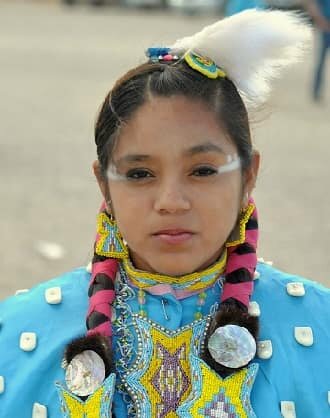
Paiute Indian Tribe
The Paiute tribe of Native American Indians is made up of several bands throughout the western part of the United States, also known as the Great Basin region.

Who are the Apache?
The Apache tribe was a nomadic group that lived in a large area in Southwestern America as well as parts of Mexico. Learn about their politics, society, and culture, as well how they dealt with the Spanish, Comanches, Mexicans, and the United States.

Amerindian Tribes of Guyana
In order to show the difference between East Indians and these indigenous Indians, as well as to indicate their homeland, the word Amerindian, a blend of American and Indian, was later coined.

These Indigenous Women Are Recording Videos To Document Their Traditional Knowledge Before It Disappears
As new people move in and generations leave, a Peru community is making sure knowledge about things like medicinal plants and edible fruits will survive.

As Native Americans Face Job Discrimination, A Tribe Works To Employ Its Own
About a third of Native Americans say they have experienced discrimination in the workplace when seeking jobs, or when getting promotions or earning equal pay, according to a new poll by NPR, the Robert Wood Johnson Foundation and the Harvard T.H. Chan School of Public Health.

How a Romanticized Take on Pocahontas Became a Touchstone of American Culture
Early American plays portrayed her as a mythical 'Indian princess.'
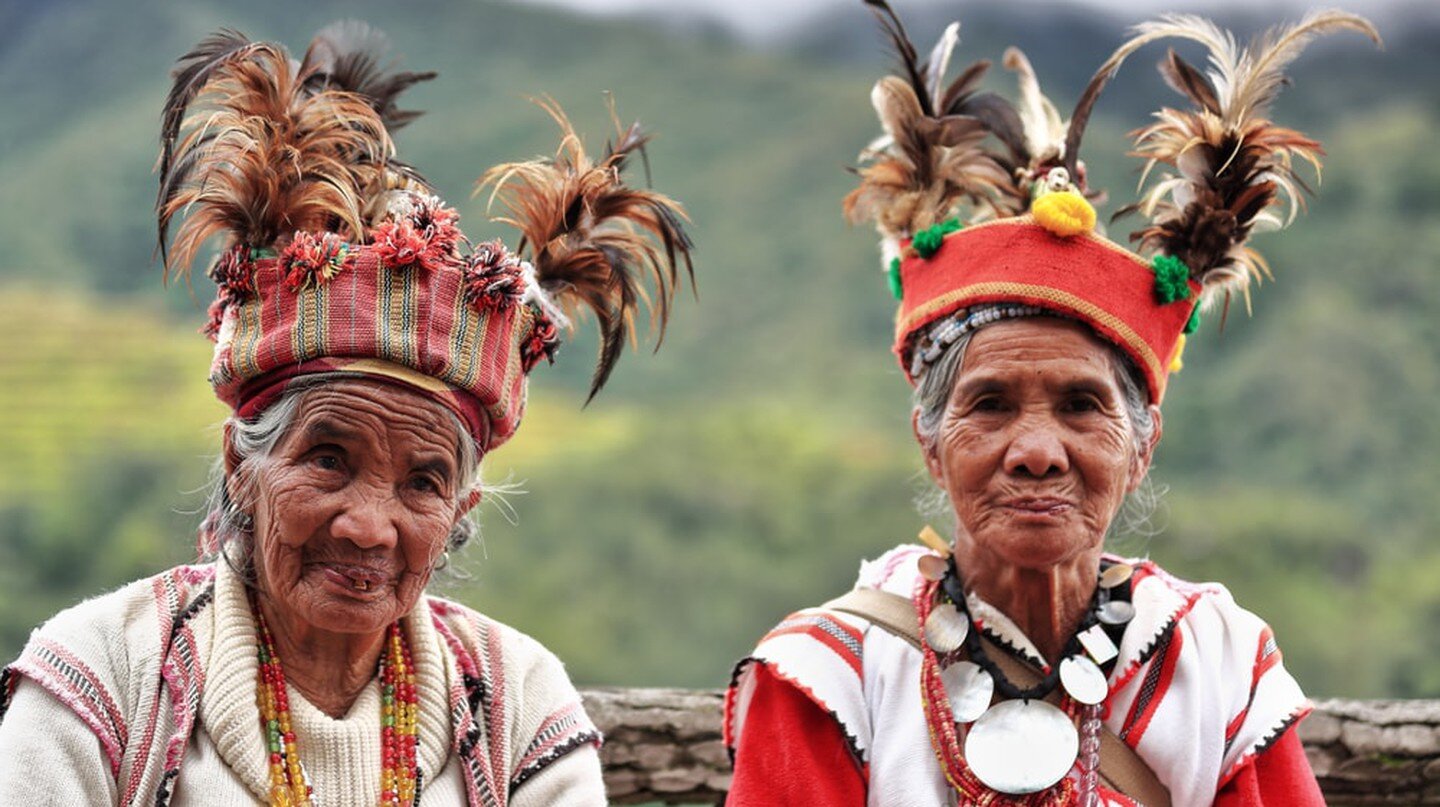
A Guide to the Indigenous Tribes of the Philippines
With over 7,600 islands in the Philippines and three major island groups, it’s no wonder that different cultural practices, traditions, and groups are present in the country. Among the archipelago’s existing communities, there are indigenous tribes who have managed to keep their cultural identity, despite the non-recognition and marginalization they’re facing.
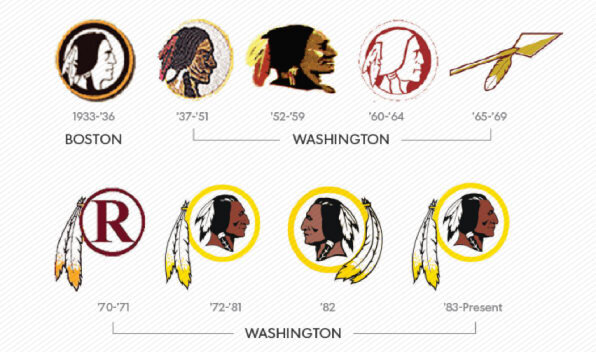
The Unwavering Racism of Native American Sports Logos
The Cleveland Indians, the Washington Redskins, the Atlanta Braves, the Kansas City Chiefs, and the Chicago Blackhawks have a branding problem: racism.
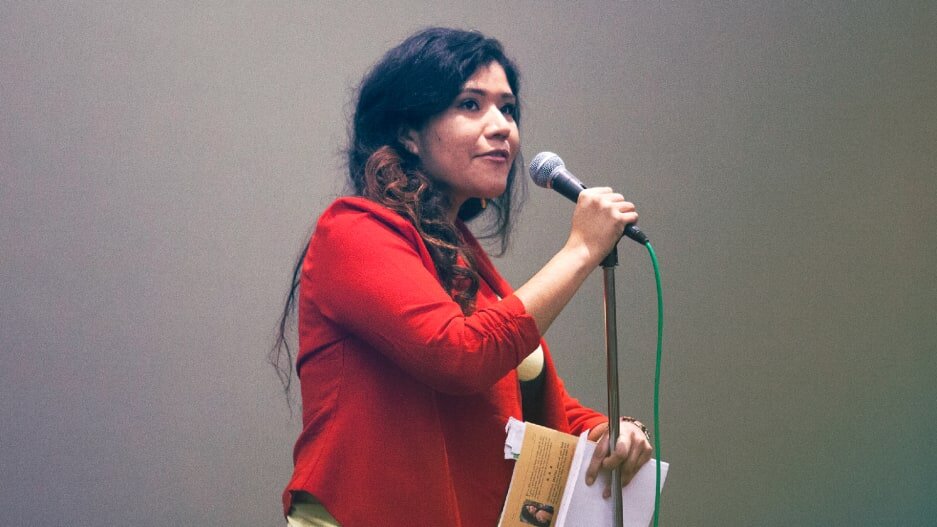
Three Native American Professionals on How They Deal With Bias and Lack of Representation
Three professionals share how they navigate the obstacles they have faced in their careers.

4 Leadership Lessons From Native America
A company is very much like the yuwipi ceremony, with the CEO wrapped and bound at the center of the circle.
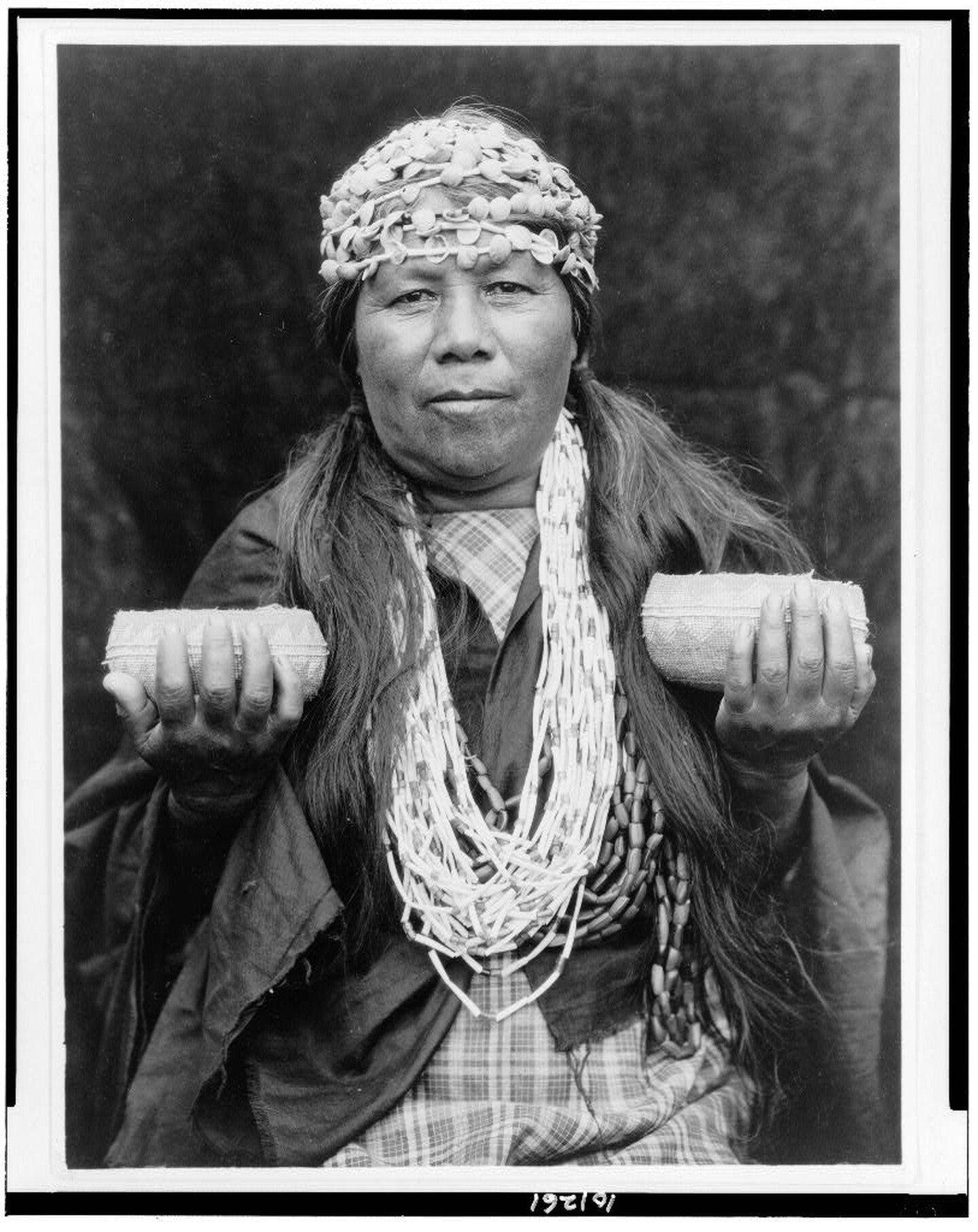
The Hupa Tribe: The Deerskin Dancers Of Hoopa Valley
One of the oldest native tribes in California, the Hupa people stand as a prominent figure in western Native American culture.

Metacomet (aka King Philip)
Metacomet, also known as King Philip or Metacom, a war leader of the Wampanoag tribe.
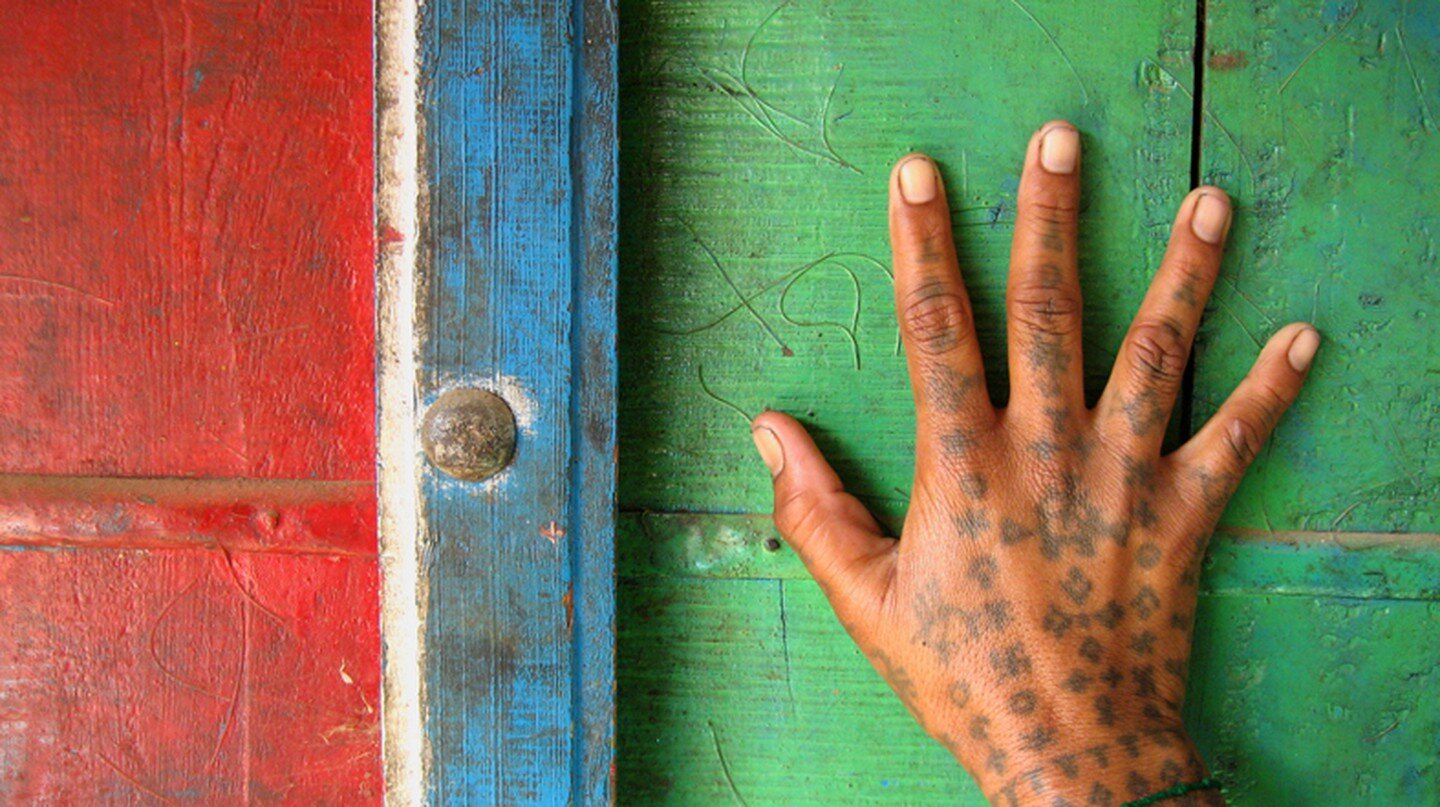
Tattooed Tribes: Art, Tradition, And The Body As Canvas
While some people carry very negative opinions of tattoos, the artistry has become very commonplace in practically all countries and cultures. But what is now a fashion statement first emerged as a means of branding.
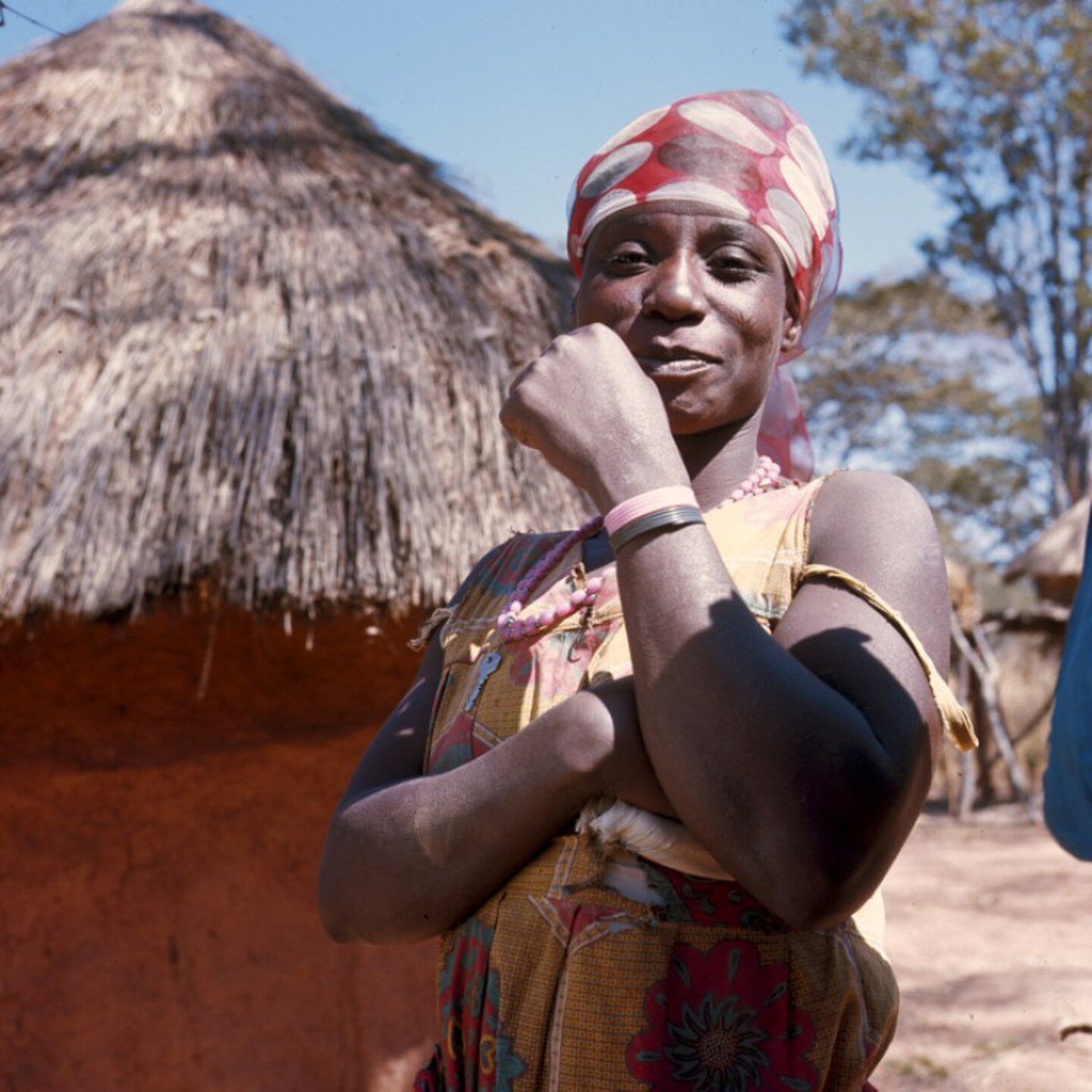
An Introduction to Zambia’s Kaonde Tribe
The Kaonde are a matrilineal tribe from north-western Zambia who are known for their salt-making practices and unique houses.

Indigenous Tribes of Seattle and Washington
There are 140,714 Native citizens in Washington alone.

Native American Ancestors Came From Asia In Three Migrations
The ancestors of Native American populations from the tip of Chile in the south to Canada in the north, migrated from Asia in at least three waves.

What You May Not Know About the Legendary Jim Thorpe
James Francis Thorpe was an American athlete and Olympic gold medalist. A member of the Sac and Fox Nation, Thorpe became the first Native American to win a gold medal for the United States.
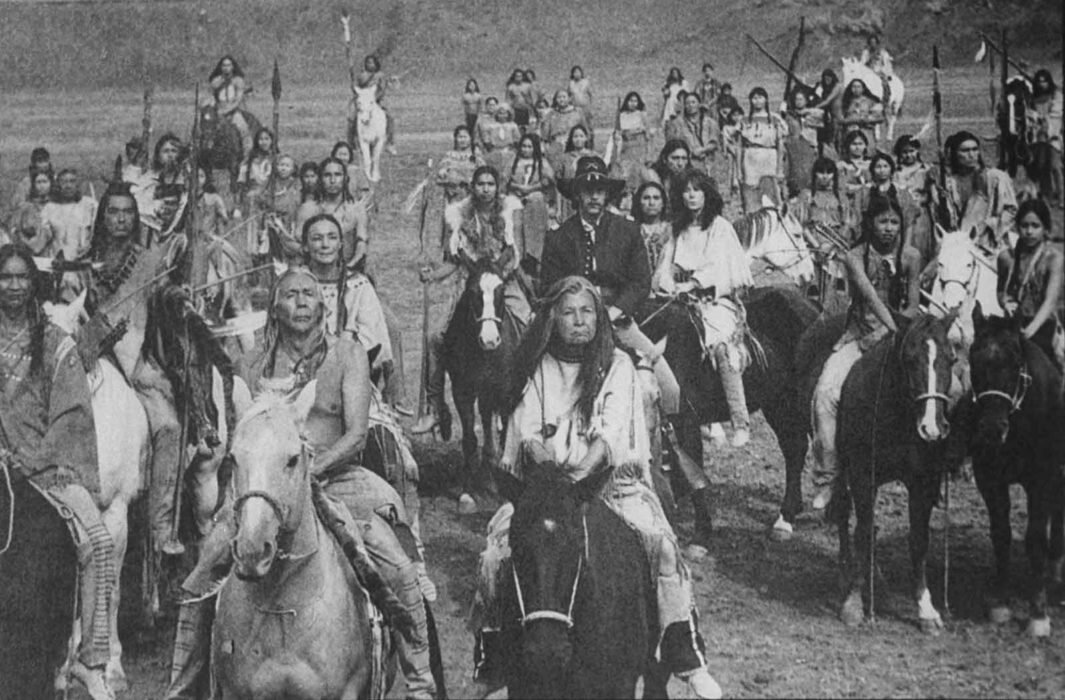
Five myths about American Indians
Peter Pan, the beloved children’s classic, is sure to stun modern readers with its descriptions of “redskins” carrying “tomahawks and knives,” their naked bodies glistening with oil. “Strung around them are scalps, of boys as well as of pirates,” J.M. Barrie writes. The language, and the characterization, would be read as an offensive stereotype today, hardly helpful in creating realistic or healthy views of Indigenous peoples.
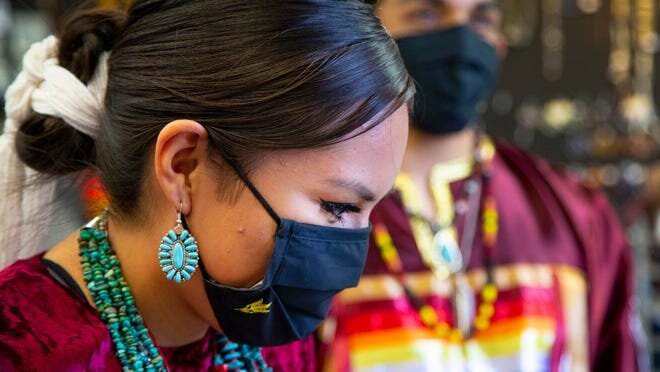
Native regalia reflects tribal cultures and histories: 'You remember where you come from'
Clothing, jewelry and headdresses worn by native people have roots in cultures and sacred traditions.
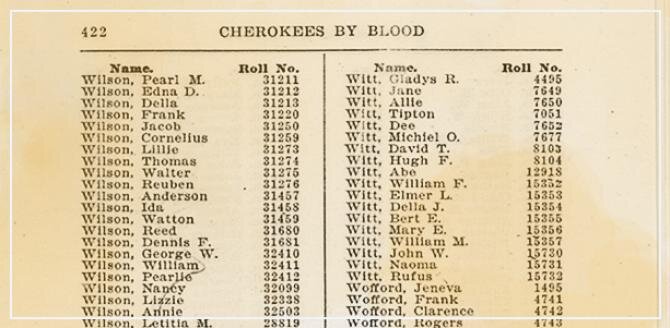
How Do I Legally Prove Native American Ancestry?
Legal recognition as a tribal member varies depending on the Native American nation in which you seek enrollment. Native American communities are sovereign nations and, as such, have their own requirements and procedures for becoming an enrolled member or citizen.

